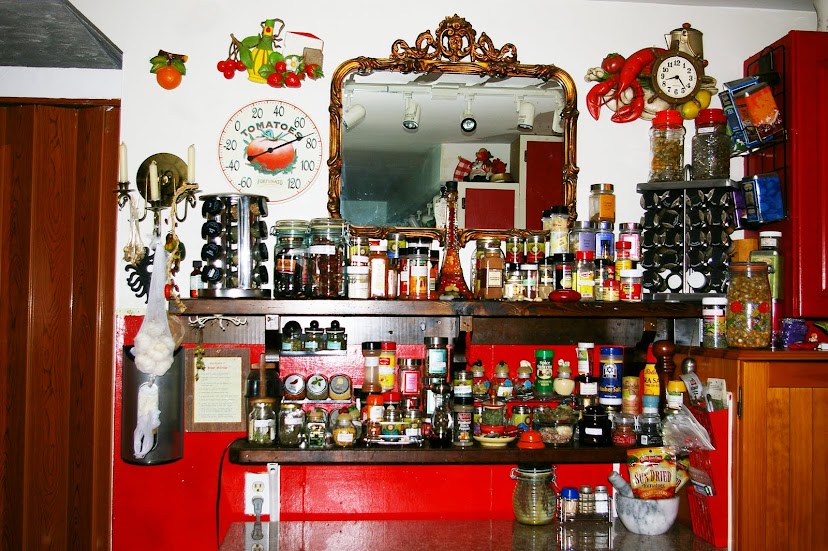The botanical name of Eruca means "downy-stemmed", and vesicaria means"bladder-like". Both names aptly describe the slender seed pods. Young leaves are said to be a good tonic and are used in cough medicine. Dioscorides also described them being used as a good digestive aid. Small leaves tend to have a sweet, but nutty, mild taste; while the older ones can be very spicy, slightly bitter and peppery. The younger leaves are very popular in salads as they have the mildest flavour. They can also be lightly boiled or steamed and added to numerous other dishes. The flowers are also edible and added to salads.
The two main varieties are wild and cultivated, but one must be aware that the "wild" can also be cultivated; although "true" wild ones still grow in France and Italy. Wild rocket, or wild arugula, is a term previously used to distinguish the foraged type from the garden variety, but now refers to another garden species, Diplotaxis erucoides, which has slimmer, sharper growth and a much stronger flavour. It is common in Europe, where it is called Sylvetta, or sometimes rucola selvatica -- which can also refer to another species. The plant is easy to grow, even in containers.
Arugula is generally sold with its roots attached and displayed along with fresh herbs or specialty salad greens. However, this green should not be misted, as is the custom in many supermarkets, as moisture causes deterioration. Arugula is related to both the radish and watercress and resembles both in appearance and taste, having a more intense flavour than most greens. The leaves are flat, dark green, and serrated, looking like long, slender oak leaves. Young leaves tend to be about three inches long, but mature ones can be up to eight inches in length. The leaves, and the edible flowers, can be very sandy and should be carefully washed. Treat it as any salad green by combining it with other greens, nuts and other vegetables. Arugula is a good source of calcium, folate and vitamins A, C, and E.
God Bless And Have A Great Monday Eve
Simone:)
Ask Me A Question?
Copyright@SimoneBonda
Disclaimer - The herbal information on this web site is intended for educational purposes only. It is not the intention of the editor to advise on health care. Please see a medical professional about any health concerns you have. Disclaimer - These statements have not been evaluated by the FDA. The information on this web site is not intended to prevent, diagnose, treat, or cure any disease.

No comments:
Post a Comment